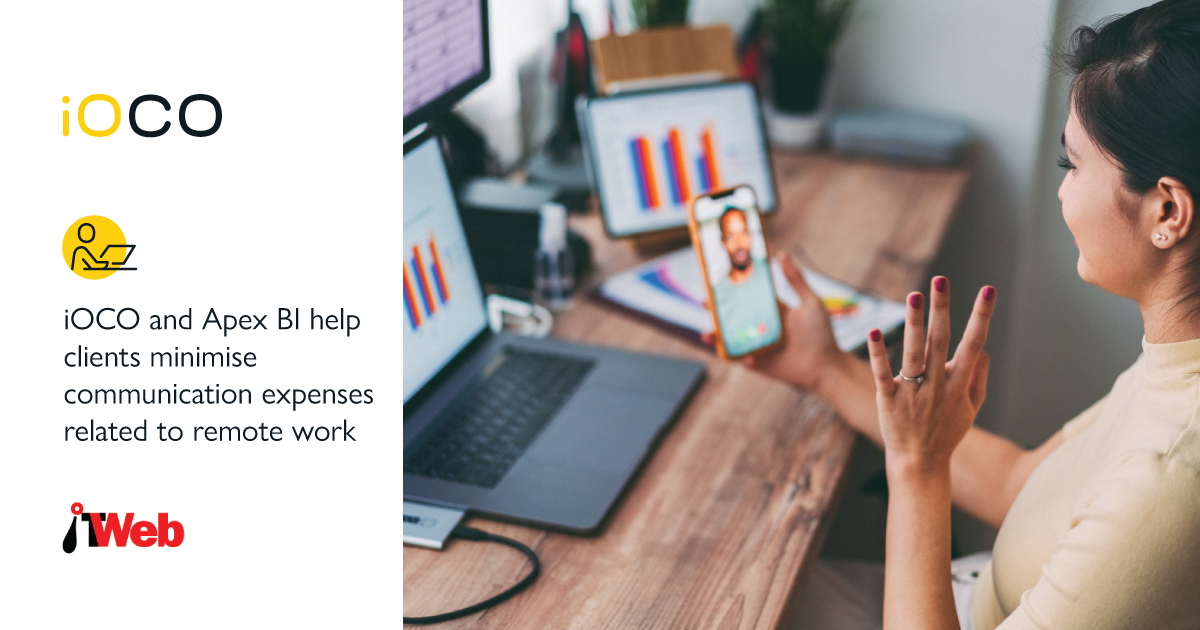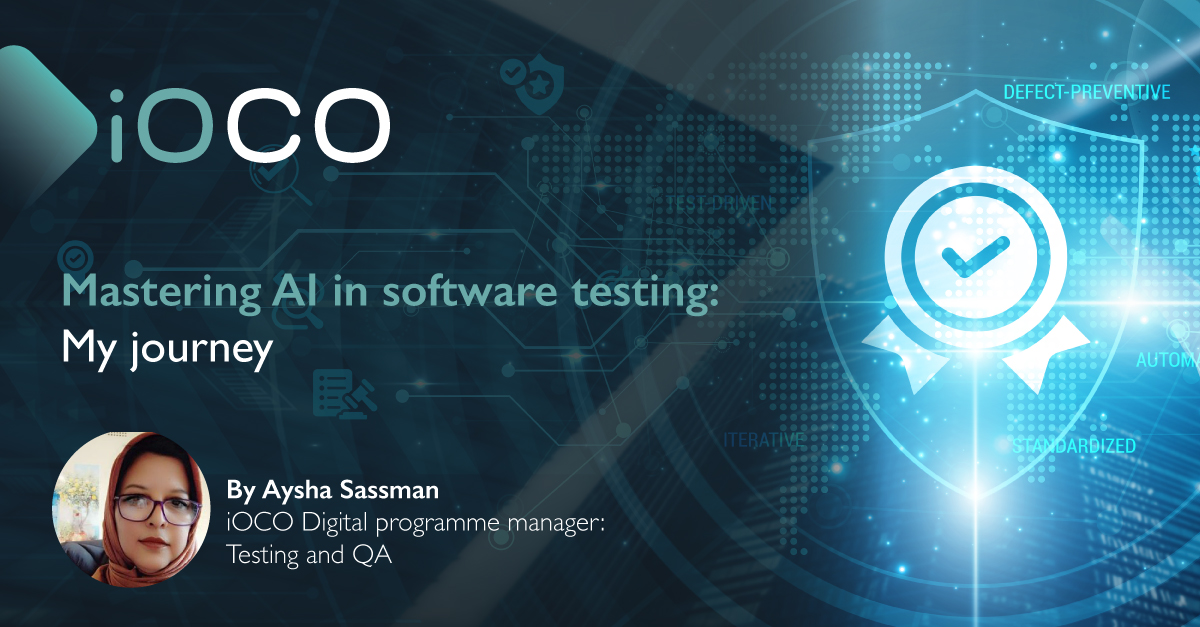Large enterprises that scrambled to deploy remote workforces at the start of the lockdown last year unwittingly stood to be crippled by massive communications costs – with mobile data consumption by some organisations spiking by up to several terabytes of mobile data in a single month.
This is according to systems integrator iOCO and technology expense management software specialist Apex BI, which partner to help customers quickly gain visibility of their voice and data spend before it spirals out of control.
Marc du Plessis, Head of Product at iOCO Network Solutions, says while remote working is proving to be a success story across South Africa, iOCO’s large enterprise customers had a number of serious concerns about deploying staff to work from home when lockdown began a year ago.
“Top of mind were connectivity, the costs involved, and whether remote workforces would be productive,” he says.
Their concerns were valid: many of their staff did not have fibre at home, which would make them reliant on mobile data to stay connected and productive. Several employers deployed a short-term fix by supplying staff with SIM cards and mobile data bundles. However, employees were quickly racking up terabytes of data just to keep working.
“The costs of that much data on mobile bundles across thousands of employees could have put them in a precarious position,” says Du Plessis. “As an enterprise service provider, we had never dealt in the consumer space. However, we had to take enterprise products and mix and match them with consumer type products to enable thousands of employees. We had to sign as many as possible up for fibre to the home, deploy UPS systems to keep them running during load-shedding, and then provide cost and consumption visibility among home-based users.
“In partnership with Apex BI, we came up with up a solution for enterprise home users. With limited resources from both sides, we managed within a couple of weeks to get an enterprise to the home view of connectivity, usage, and what people were doing on the network.”
iOCO also deployed its hosted voice platform with three months’ free licensing to many hundreds of users, allowing them to use standard desk extensions via the hosted platform. “Many of them are still using this,” says Du Plessis. “With visibility and monitoring, enterprises were able to ensure that employees did not abuse this facility, and they were able to control the costs.”
While most customers were taken aback at the amount of data used and the costs of communications in a remote workforce, they were able to successfully avoid severe bill shock by carefully monitoring and managing costs. Potential hidden costs, such as those incurred when dialling an external landline phone from Microsoft Teams, were also controlled, and managed with a specially designed Teams management add-on to the system.
In part thanks to the ability to track and control costs, and also due to the fact that remote workers have remained productive in line with global trends, customers are still working remotely or using a hybrid model. “It seems that many customers are now going to stay home or use a hybrid model. Many have reduced their office space and saved on rentals by a huge margin,” Du Plessis confirms.
Neil Buckley, Managing Director of Apex BI, says: “If you leave that level of data consumption unchecked for a month or two, it could literally lead to job losses. When a business embraces a remote work model, they need visibility all the way – of consumption, assets – laptops/tablets etc, licences, even the company’s furniture. A centralised view of all of these items is not only essential to cost control but is also a powerful expense management tool for every business.”



